
How to Use SIM800L GSM Module: Examples, Pinouts, and Specs
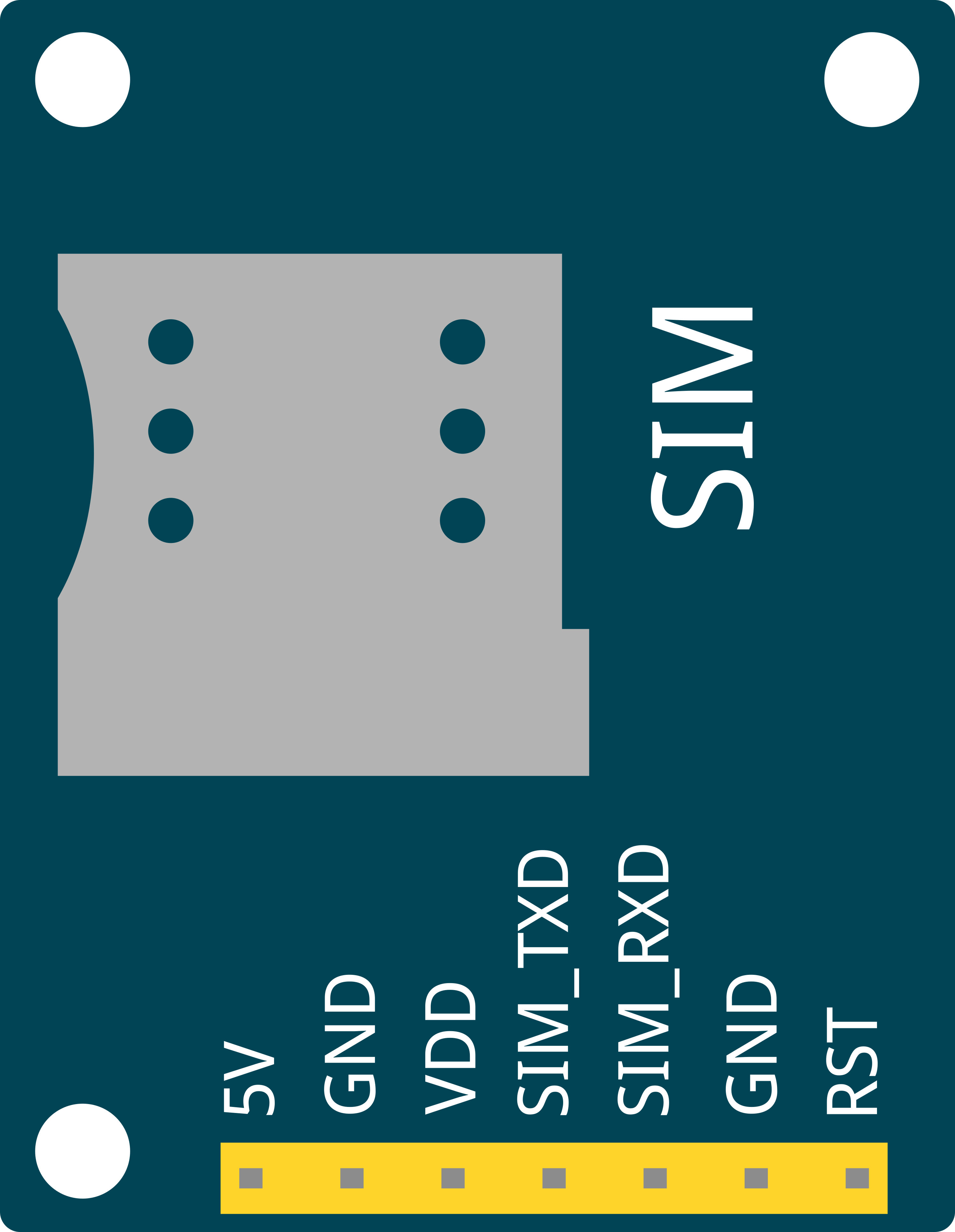
 Design with SIM800L GSM Module in Cirkit Designer
Design with SIM800L GSM Module in Cirkit DesignerIntroduction
The SIM800L GSM module is a compact and versatile component that enables GSM/GPRS communication for embedded systems. It operates on a range of frequencies suitable for global mobile networks and supports functionalities such as SMS, voice calls, and data transmission over GPRS. This module is widely used in IoT projects, remote monitoring systems, and mobile communication applications due to its small form factor and comprehensive feature set.
Explore Projects Built with SIM800L GSM Module
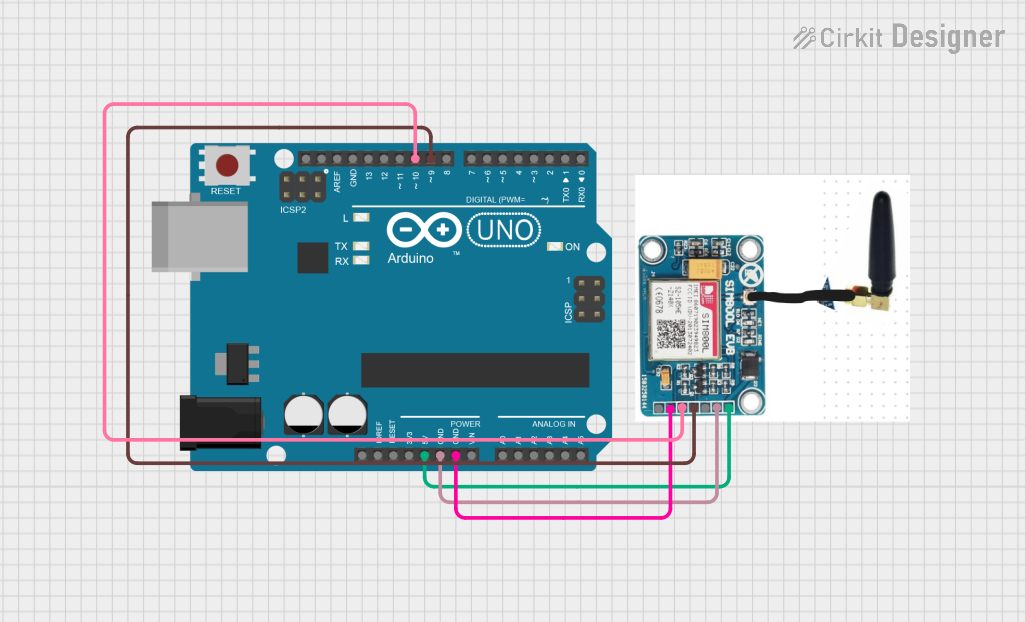
 Open Project in Cirkit Designer
Open Project in Cirkit Designer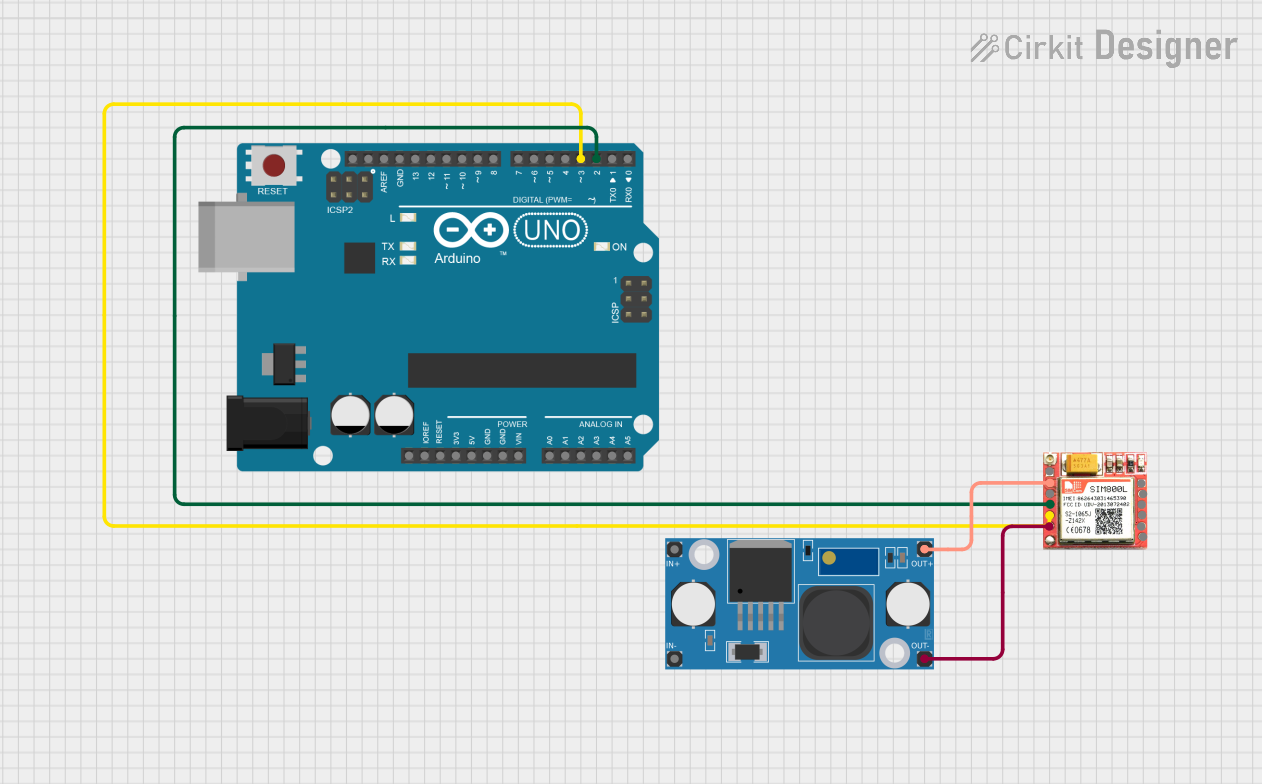
 Open Project in Cirkit Designer
Open Project in Cirkit Designer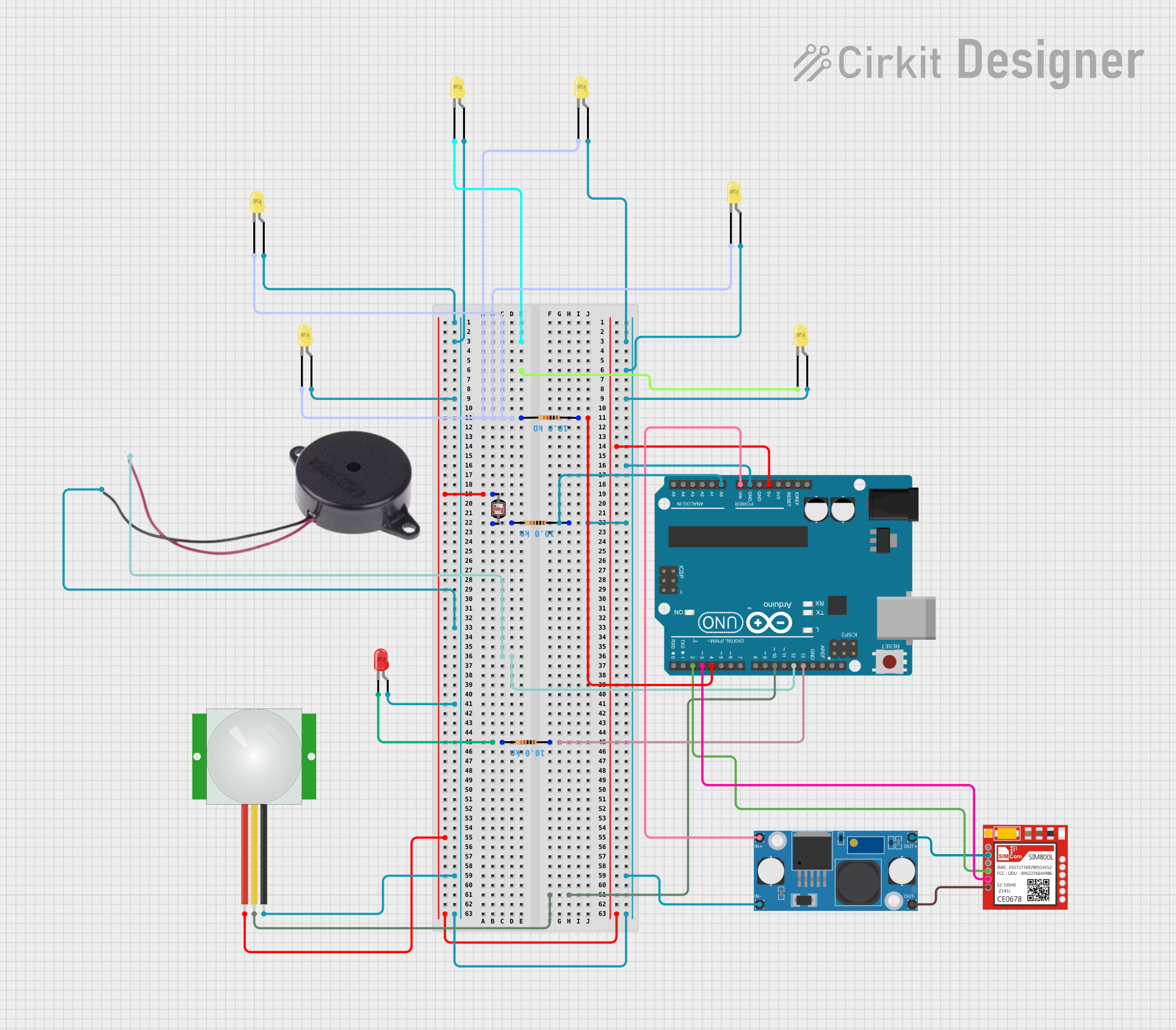
 Open Project in Cirkit Designer
Open Project in Cirkit Designer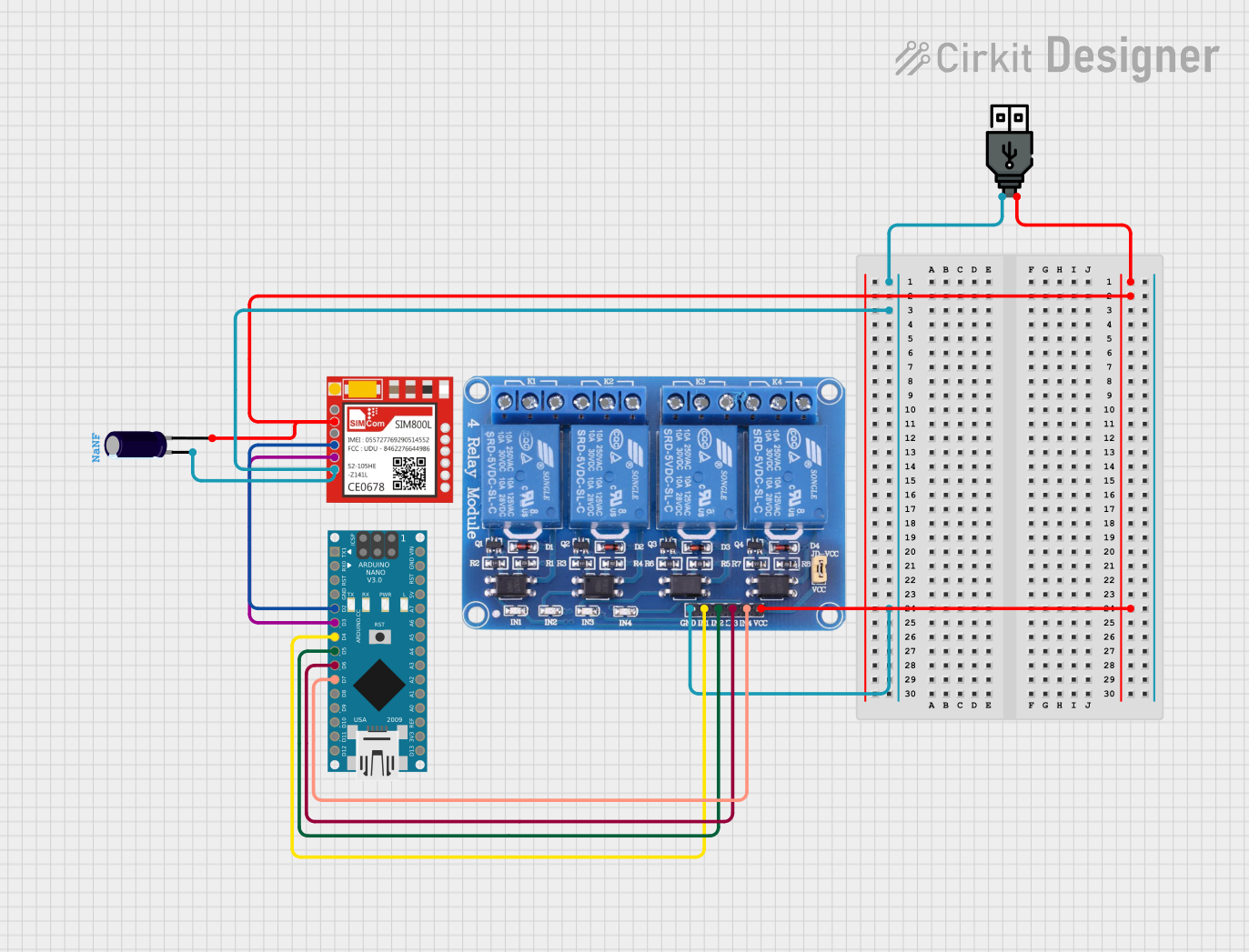
 Open Project in Cirkit Designer
Open Project in Cirkit DesignerExplore Projects Built with SIM800L GSM Module

 Open Project in Cirkit Designer
Open Project in Cirkit Designer
 Open Project in Cirkit Designer
Open Project in Cirkit Designer
 Open Project in Cirkit Designer
Open Project in Cirkit Designer
 Open Project in Cirkit Designer
Open Project in Cirkit DesignerCommon Applications and Use Cases
- Remote data logging and telemetry
- SMS-based remote control
- Vehicle tracking systems
- Home automation and security systems
- Wearable devices with communication capabilities
Technical Specifications
Key Technical Details
- Supply Voltage: 3.4V to 4.4V
- Operating Frequencies: Quad-band 850/900/1800/1900MHz
- Temperature Range: -40°C to +85°C
- Sensitivity: -107dBm
- GPRS Multi-slot Class: 12/10
- GPRS Mobile Station Class: B
- Control via AT Commands: 3GPP TS 27.007, 27.005, and SIMCOM enhanced AT Commands
Pin Configuration and Descriptions
| Pin Number | Pin Name | Description |
|---|---|---|
| 1 | VCC | Power supply (3.4V to 4.4V) |
| 2 | RST | Reset pin (active low) |
| 3 | RXD | Serial data receive pin |
| 4 | TXD | Serial data transmit pin |
| 5 | GND | Ground |
| 6 | NET | Network status indicator (optional usage) |
Usage Instructions
How to Use the Component in a Circuit
- Power Supply: Connect a stable power source to the VCC and GND pins, ensuring that the voltage is within the specified range.
- Serial Communication: Connect the RXD and TXD pins to the corresponding TX and RX pins of your microcontroller, such as an Arduino UNO.
- Antenna: Attach an appropriate GSM antenna to the module to ensure proper network connectivity.
- SIM Card: Insert a micro SIM card into the SIM card holder of the module.
Important Considerations and Best Practices
- Ensure that the power supply can deliver sufficient current (up to 2A during transmission bursts).
- Use a level shifter or voltage divider if interfacing with a 5V microcontroller to avoid damaging the module.
- Place the module away from sources of electrical noise and ensure the antenna has a clear view of the sky for optimal signal reception.
- Follow local regulations regarding radio communication and GSM network usage.
Example Code for Arduino UNO
#include <SoftwareSerial.h>
SoftwareSerial sim800l(10, 11); // RX, TX pins for SIM800L connection
void setup() {
sim800l.begin(9600); // Start GSM module communication at 9600 baud rate
Serial.begin(9600); // Start serial communication with PC for debugging
delay(1000); // Wait for module to stabilize
Serial.println("Sending AT command...");
sim800l.println("AT"); // Send AT command to check communication
}
void loop() {
if (sim800l.available()) { // Check if the module has sent a response
Serial.write(sim800l.read()); // Display the response on the Serial Monitor
}
if (Serial.available()) { // Check if there is a new command from the Serial Monitor
sim800l.write(Serial.read()); // Send the command to the module
}
}
Troubleshooting and FAQs
Common Issues Users Might Face
- Power Issues: The module does not power up or frequently restarts.
- Solution: Check the power supply for proper voltage and current capabilities.
- Signal Issues: Poor signal strength or no network connectivity.
- Solution: Verify the antenna connection and placement, and ensure the SIM card is active and has network coverage.
- Communication Issues: Inability to communicate with the module via serial interface.
- Solution: Confirm the correct baud rate and wiring. Use level shifting if necessary.
FAQs
Q: Can the SIM800L module be used with a 5V microcontroller like Arduino UNO? A: Yes, but a level shifter or voltage divider is recommended to protect the module's RXD pin.
Q: How can I reduce the power consumption of the SIM800L module? A: Utilize the module's power-saving modes through AT commands and ensure the power supply is only active when necessary.
Q: What is the maximum length of an SMS message that can be sent using the SIM800L? A: The maximum length is 160 characters for standard GSM encoding or 70 characters for UCS2 (Unicode) encoding.
For further assistance, consult the SIM800L datasheet and the manufacturer's technical support resources.